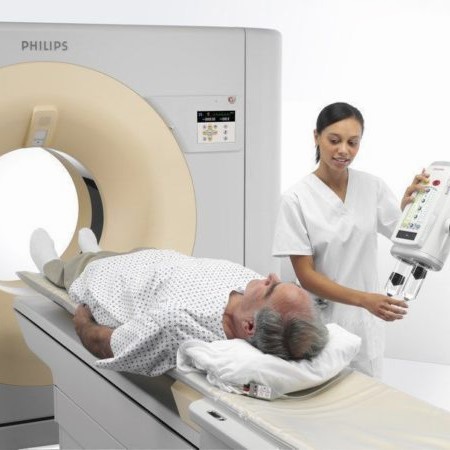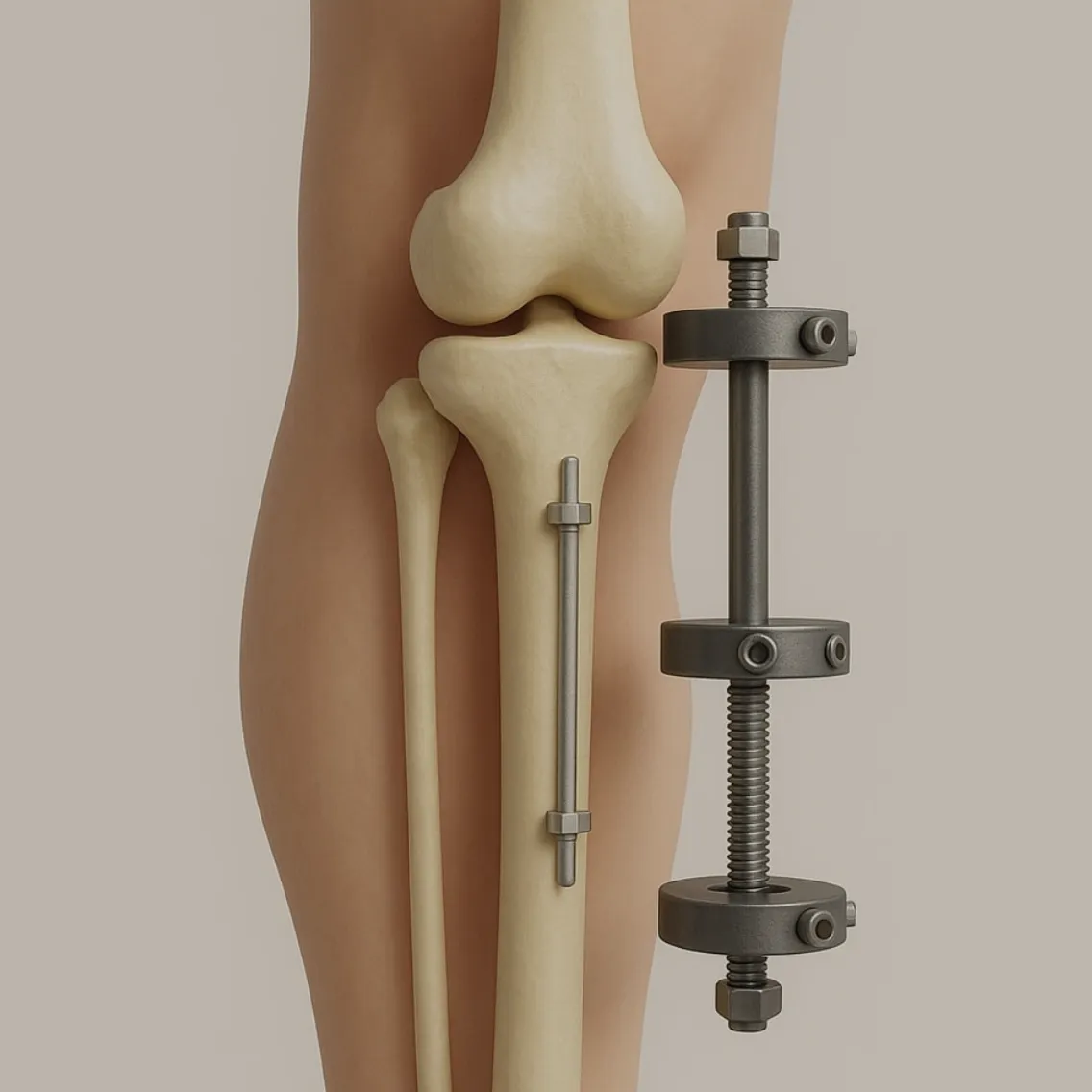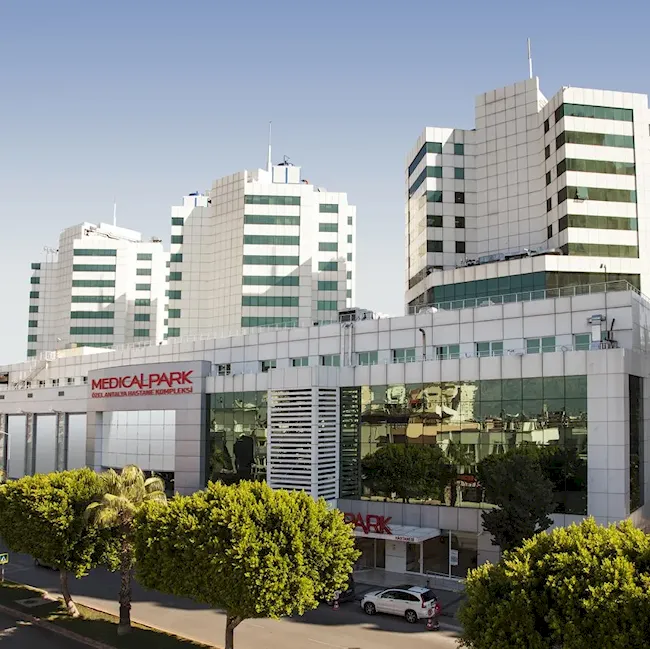- At the clinic's price without markups
- with full doctor support
Which Clinic to Choose for Limb Lengthening in Turkey
The outcome of limb lengthening surgery depends on the surgeon’s expertise, the standard of the medical facility, and the quality of postoperative care. It is essential that treatment combines modern technologies, the involvement of a multidisciplinary team, and a clear rehabilitation plan — all of which directly influence safety and effectiveness. Below are the most popular private clinics in Turkey trusted by patients from around the world.
These clinics are equipped with advanced technologies and operate under European protocols. A multidisciplinary approach brings together orthopedists, surgeons, physiotherapists, and other specialists, ensuring comprehensive patient management — from diagnosis and surgery to rehabilitation and long-term follow-up. For free assistance in organizing a trip to one of these clinics, leave a request with the medical coordinator on this page.
Cost of Limb Lengthening Surgery in Turkey
The cost depends on the chosen method (external or internal fixation), the level of the clinic, and additional services. On average:
- LON method — from $10,000;
- PRECICE system — from $35,000.
Some clinics offer “all-inclusive” packages, covering accommodation, transfers, tests, support, and rehabilitation.
For comparison: in Germany, such surgeries start at $60,000, while in the USA — from $75,000.
Thus, Turkey offers an optimal balance of cost and quality: European-level medical care at a fraction of the price.
How Many Centimeters in Height Can Be Gained from One Surgery?
Height can increase by 5 to 8 cm per course. In some cases, up to 15 cm is possible, but only in two stages and with a higher risk of complications. However, doctors do not recommend aiming for maximum lengthening to avoid overloading bones and joints.
Limb Lengthening Methods in Turkey
There are several main methods used by specialists in Turkish clinics. Each has its own characteristics, benefits, and recovery protocols.
How limb lengthening is performed in Turkey
LON Method (External Fixation)
This technique involves attaching an external frame to the leg. After an osteotomy (surgical bone cut), the device is gradually expanded, stimulating the formation of new bone tissue. The method is considered reliable and relatively cost-effective. The frame remains on the leg for several months until the consolidation phase is complete.
Advantages: low cost, high effectiveness.
Disadvantages: external discomfort, potential scarring, risk of infection.PRECICE System (Internal Fixation)
A modern alternative is an internal lengthening system. A telescopic rod with a motor controlled by magnets is implanted inside the bone. Limb lengthening occurs gradually, without any external devices.
Advantages: comfort, aesthetics, reduced risk of complications.
Disadvantages: high cost, limited availability in clinics.
Are There Effective Non-Surgical Methods for Leg Lengthening?
Some patients ask about the possibility of lengthening without surgery. However, currently, there are no effective non-surgical methods that provide stable and measurable results. This is confirmed by leading medical organizations such as the International Society of Orthopaedic Surgery and Traumatology (SICOT) and the Rubin Institute in the USA.
Exercises, stretching, or supplements do not affect bone growth in adults. Therefore, if the goal is to truly change leg length, surgery remains the only option.
What Limb Lengthening Surgery Involves
During limb lengthening surgery, the surgeon cuts the bone and installs a device that gradually separates it, stimulating new tissue growth.
In Turkey, several techniques are used, including external and internal fixation. Thanks to modern technologies and experienced surgeons, the procedure is both safe and effective.
Who Can Be a Candidate for Limb Lengthening Surgery in Turkey
 Limb lengthening surgery is performed for both medical and cosmetic reasons. Among the medical indications are:
Limb lengthening surgery is performed for both medical and cosmetic reasons. Among the medical indications are:
- congenital abnormalities of lower limb development;
- leg length discrepancy greater than 2 cm;
- consequences of fractures and injuries, especially when the bone has healed incorrectly;
- complications after infectious bone diseases;
- deformities affecting gait and quality of life.
In addition, the procedure may be performed for aesthetic reasons if a patient suffers psychologically from short stature and wishes to become taller. Such surgeries are referred to as cosmetic lengthening. They are carried out only in the absence of contraindications and after a comprehensive assessment of the patient’s health and motivation.
Why Age Matters
The minimum age for surgery is 18, when skeletal growth is complete. After the age of 40, bones heal more slowly and the risk of complications increases, which is why most clinics set the upper age limit at 39. Nevertheless, the final decision is made individually by the doctor. If the patient is healthy and has no serious chronic conditions, the surgery can be performed after 40, but with additional safety measures.

Preparation begins with a consultation, during which the doctor collects the patient’s medical history, assesses their goals, and evaluates their overall health. It is important to understand how safe the procedure will be and how much lengthening is possible in each specific case.
The patient undergoes an examination: general and biochemical blood tests, ECG, X-ray or CT scan of the legs. The doctor examines the quality of bone tissue, limb length, and symmetry. If necessary, consultations with other specialists are prescribed.
If there are no contraindications, the choice of method is discussed — external or internal fixation. After that, a personalised plan for the operation and a recovery schedule are drawn up.
The patient also receives recommendations on how to prepare for the procedure: restrictions on diet, physical activity, smoking cessation, or certain medications.
How Limb Lengthening Surgery is Performed in Turkey
The surgical procedure typically lasts 2 to 4 hours. The patient is under general anesthesia. The surgeon performs an osteotomy—a bone cut—and installs the chosen fixation system (external or internal).
A few days after surgery, the lengthening phase begins. The patient adjusts the device slightly each day to gradually lengthen the bone by 1 mm per day. New bone tissue forms in the created gap. This process takes 1–3 months depending on the desired result. After that, the consolidation phase begins, during which the bone strengthens and fully heals at its new length.
Features of Limb Lengthening Surgery in Children
Limb lengthening in children and adolescents is performed only for strict medical indications—such as congenital anomalies, uneven bone growth, or severe consequences of trauma.
Surgeons proceed with extra caution: it is crucial not to damage the growth plates and to avoid affecting skeletal development.
The usual starting age for such surgery is 8–10 years. Parental consent, continuous medical supervision, and the involvement of a multidisciplinary team are mandatory.
Recovery and Postoperative Care
After surgery, an equally important stage begins—recovery. It requires time, patience, and constant support from specialists.
Recovery phases after limb lengthening surgery
- Lengthening phase
daily device settings, monitoring tissue condition, pain relief, start of rehabilitation.
- Consolidation phase
the bone heals, physical activity increases, and physiotherapy continues.
- Full recovery
return to daily activities, normalization of gait and muscle tone.
Physiotherapy plays a crucial role: exercises help maintain joint mobility, prevent contractures, and accelerate healing. The patient also undergoes regular check-ups and X-rays so that doctors can monitor the healing progress.
How Long Does Recovery Take?
The active lengthening phase lasts about 2 months. After that, the bone heals and consolidates, which takes an additional 4–6 months.
A full return to normal activity is usually achieved 6–12 months after the external fixator or internal rod is removed.
Long-Term Results
 When all recommendations are followed, the surgery provides stable and aesthetically pleasing results. Patients report not only improved appearance but also increased confidence, self-esteem, and overall quality of life.
When all recommendations are followed, the surgery provides stable and aesthetically pleasing results. Patients report not only improved appearance but also increased confidence, self-esteem, and overall quality of life.
In addition to visual benefits, the procedure can provide functional improvements:
- Enhanced body symmetry, reducing strain on the spine and joints;
- Improved gait stability, especially for patients with initial leg length discrepancies;
- Some patients experience reduced knee or lower back pain over time, related to improved balance.
When Can You Walk Independently?
Walking with support (such as crutches) is possible within a few weeks. Full independent walking usually occurs within 3–6 months, depending on the chosen method and recovery process.
How Painful is the Recovery Process?
Discomfort may occur in the first days after surgery and during the lengthening phase. However, pain is generally moderate and well controlled with medications prescribed by the doctor.
Will There Be Scars?
External fixators may leave small marks from pins. With internal fixation, the incisions are minimal and usually become nearly invisible over time.
Possible Complications and Risks
Limb lengthening surgery delivers real results but requires careful individualized planning. As with any procedure, it is important to understand potential challenges and be prepared to respond to them appropriately.
What could go wrong:
How to Avoid Complications?
 Most risks can be minimized by following your doctor's recommendations:
Most risks can be minimized by following your doctor's recommendations:
- Do not exceed the recommended rate of lengthening;
- Attend regular follow-up examinations;
- Maintain hygiene and proper care of the fixation device;
- Report any changes in your condition to your doctor.
Experts Medical selects experienced doctors for its patients based on over 10 years of expertise. This ensures that postoperative risks are minimal and well controlled by the clinics.
All risks are thoroughly studied and monitored by specialists — the key is to undergo the lengthening process under supervision and without rushing.
Why Patients Choose Turkey for Limb Lengthening
Turkey is among the global leaders in aesthetic and reconstructive surgeries, including limb lengthening. According to the International Society of Aesthetic Plastic Surgery (ISAPS), the country ranks third worldwide in medical tourism.
Key reasons include:
- Specialization in leg lengthening. Clinics in Istanbul and Ankara perform dozens of surgeries annually using PRECICE and LON techniques with proven results. Many surgeons trained in Germany, the USA, and South Korea.
- Advanced technology. Telescopic internal fixation systems, minimally invasive techniques, and digital monitoring of length and axis are used.
- Comprehensive approach. Patients receive not only surgery but full rehabilitation support, from physiotherapy to psychological care.
- Affordable pricing. Limb lengthening in Turkey can cost 2–3 times less than in the USA or EU countries while maintaining comparable service standards.
- International accreditation. Several clinics hold JCI (Joint Commission International) certificates, confirming compliance with global quality standards.
How to Undergo Limb Lengthening Surgery in Turkey
Limb lengthening surgery is a serious but realistic way to improve both appearance and quality of life. The main thing is to find an experienced specialized team and a reliable clinic.
Experts Medical partners exclusively with verified Turkish clinics and leading orthopedists specializing in limb lengthening. The company handles all organizational and logistical tasks, ensuring patients feel calm and confident at every stage.
Support from Experts Medical includes:
- Selecting the medical facility and specialist based on goals and health condition;
- Translating medical documents and providing a preliminary consultation;
- Booking accommodation and arranging transfers;
- Support before, during, and after surgery;
- Assistance with visas and documentation.
All consultations are conducted in a language the patient understands. Medical services are paid directly at the clinic — no hidden fees or extra costs. Experts Medical provides free support for international patients and guarantees full confidentiality from the first contact.
If you are considering limb lengthening surgery, submit a request on this page or write in the chat. With care for your comfort and safety, Experts Medical organizes everything — ensuring you feel supported at every step.









